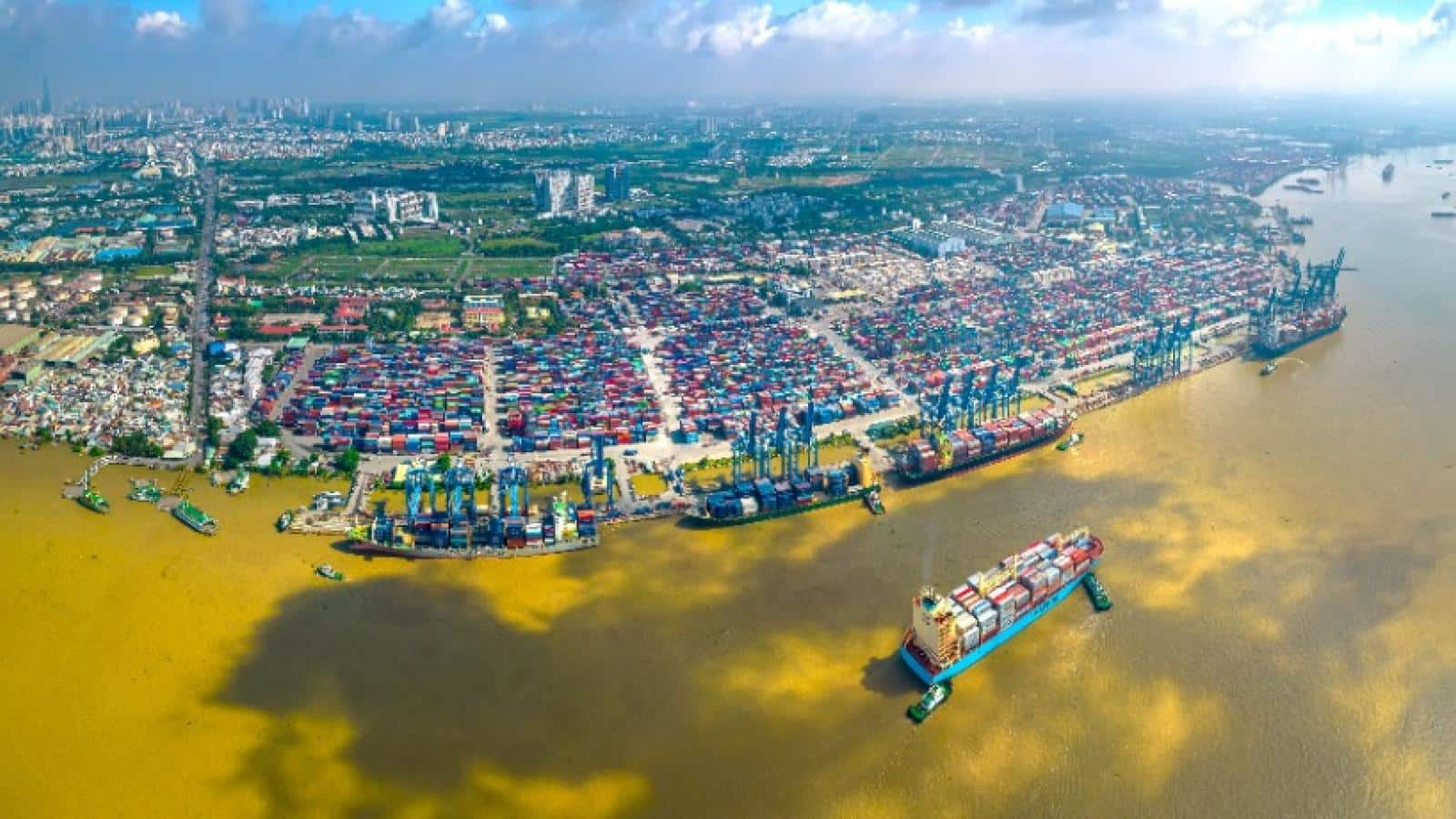Overcapacity, falling spot rates risk trans-Pacific rate war
With container spot rates from Asia to North America plunging below post-pandemic levels and a flood of new tonnage set to push the container shipping industry into overcapacity, the most profitable days for ocean carriers are behind them. The trade lane is ripe for a rate war.
The highs for the container shipping industry, as measured by profits and pricing power, hit atmospheric levels over the last two years, raising questions of just how steep a fall is in store. Predicting lower contract rates in 2023, investment research firm Jefferies wrote in a Nov. 20 note that it expects the industry to return to loss-making in the second half of next year. Maritime analyst Drewry estimates the effective net increase in container shipping capacity in 2023 will be 11.3 percent, with demand growing at just 1.9 percent; the capacity management strategies of carriers will be put to the test.
The decline in US imports from Asia accelerated in October, falling to the lowest level in 20 months.

Pictured: Port of Cat Lai, Vietnam. Photo Credit: Huy Thoai/Shutterstock.com.
Container lines are in for a "bumpy ride," but the industry will not return to the scale of losses seen in 2016, and long-term rates will not dip below costs, Hapag-Lloyd CEO Rolf Habben Jansen said during a Nov. 10 media briefing. The carrier reported its best-ever results for profit, revenue, and average rates in the third quarter. But, "I think those are numbers that we may not see again in our lifetime," Habben Jansen said.
More volatility ahead
On the trans-Pacific, it is likely going to get even bumpier. The decline in US imports from Asia accelerated in October, falling to the lowest level in 20 months, according to data from PIERS, a sister company of JOC.com within S&P Global Market Intelligence. Trans-Pacific carriers in recent weeks have accelerated their blanking of capacity, and Maersk, Mediterranean Shipping Co., and Zim Integrated Shipping Services suspended their Asia-US East Coast service in mid-November.
There appears to still be plenty of blanking to be had. In November, carriers have so far blanked approximately 560,000 TEU, or 21.4 percent of total capacity on the trans-Pacific, according to Sea-Intelligence Maritime Analysis. In December, carriers are thus far set to blank only 400,000 TEU of capacity, equating to 14.8 percent of total tonnage, according to a Nov. 18 analysis. Carriers added about 150,000 TEU worth of capacity from the week prior.
The blankings have not been enough to stem the plunge in spot rates. Rates have been declining for the last six months but have been dropping faster in the last four weeks, Eli Glickman, CEO of Zim, told JOC.com on Nov. 16. Xeneta, one provider of container spot rate readings, shows Asia rates to the US West Coast are down approximately 80 percent compared with last year, at about $1,750 per FEU.
"On Asia to the U.S., over the last few months there has been a rate drop of about $700 a week, but that has doubled in the last four weeks," Glickman said.
But is it a return to old-fashioned rate wars? No, according to Xavier Dextriau, Zim's CFO. Carriers remain profitable and rates have not fallen below the cost of service, he told JOC.com.
The risk, however, remains that carriers fail to recalibrate capacity to falling demand, and their treasure chests of profits from the last two years allow them to get bloody without collapsing, like Hanjin Shipping did in 2016. The traditional redrawing of global deployment in the spring gives container lines an opportunity to avoid the perilous lows after the highs of this shipping cycle.
Subscribe now or sign up for a free trial to the Journal of Commerce and gain access to breaking industry news, in-depth analysis, and actionable data for container shipping and international supply chain professionals.
Sign-up to Maritime Trade & Supply Chain monthly newsletter
This article was published by S&P Global Market Intelligence and not by S&P Global Ratings, which is a separately managed division of S&P Global.
